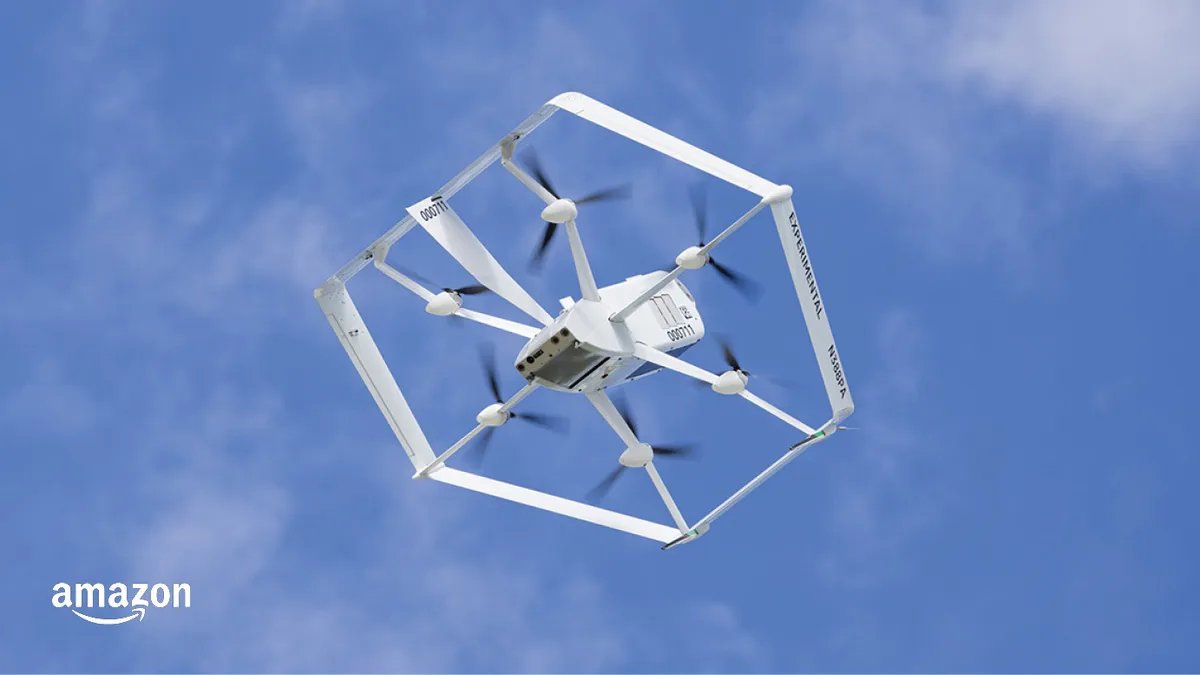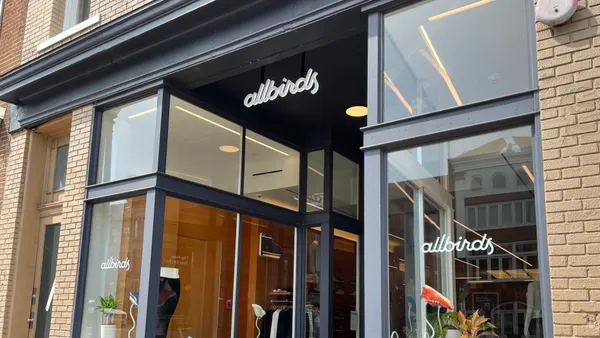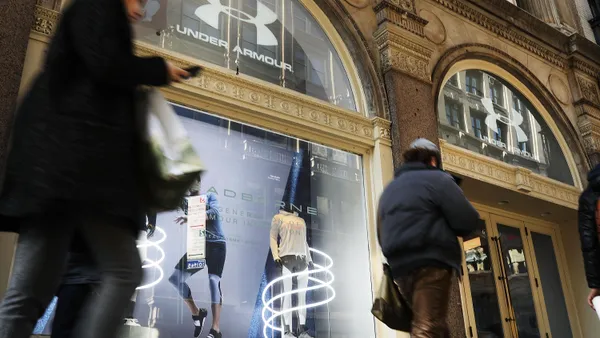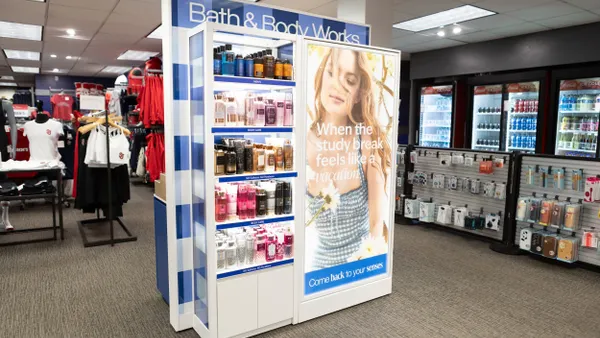Dive Brief:
- Amazon will soon offer some of its first U.S. Prime Air drone deliveries to customers in Lockeford, California, the company announced in a blog post Monday. Deliveries will commence in the San Joaquin County community later this year.
- Prime Air will deliver packages weighing up to five pounds in less than an hour via drones, according to Amazon spokesperson Av Zammit. Once an order is placed, Amazon’s new MK27-2 drone will fly to the location, descend to the customer's backyard and hover at a “safe” height before releasing the package.
- Amazon said it is working with the Federal Aviation Administration and local officials to obtain the necessary permissions to conduct deliveries in Lockeford. The FAA will review the plans to confirm operations abide by the National Environmental Policy Act, a regular procedure for advanced drone operations.
Dive Insight:
Eligible customers in Lockeford will be able to order thousands of products through the service, which Amazon claims is "the largest selection of items to ever be available for drone delivery." But building a safe and cost-effective drone to deliver packages has been a challenging pursuit for Amazon to scale since founder Jeff Bezos unveiled the plans in 2013.
"It’s relatively easy to use existing technology to fly a light payload a short distance that’s within your line of sight, but it’s a very different challenge to build a network that can deliver to customers across large communities," according to Amazon's blog post.
Amazon’s U.S. Prime Air service could succeed in the difficult space as the company can cover for drones’ current shortcomings, said John McClymont, director of operations strategy and continuous process improvement at Brink’s, in a LinkedIn post Monday. Sub-five pound packages make up a large percentage of Amazon’s volume, and the company can leverage its warehouse footprint to make the most of drones’ short delivery radius, according to McClymont.
There are also benefits to Amazon delivering to a smaller community like Lockeford — roughly 40 miles south of Sacramento — via drone. Yard space is readily available, providing a spacious drop off point for packages. The efficiency of traditional van delivery, currently challenged by steep gas prices and a competitive labor market, is also limited in communities with low population density.
Regulatory clearance will be critical for Amazon's drone delivery ambitions as it ramps up its operations in Lockeford and, eventually, to other areas of the country.
Amazon sent a request to the FAA in November to remove certain regulatory conditions for its drone operations. According to a letter from Prime Air's Director of Safety, Flight Operations and Regulatory Affairs Sean Cassidy, Amazon's amendment requests include:
- Eliminating the ground station observer, aircraft observer and backyard safety office positions due to new drone features making them redundant or unnecessary
- Removing the 100-foot designated perimeter requirement from takeoff, landing and delivery points
- Removing the minimum cruise altitude of 180 feet above ground level
The proposed amendments would reflect the improved capabilities of Amazon's MK27-2 drone model, according to the letter.
The MK27-2 has a hexagonal design allowing for six degrees of freedom for stability, along with propellers designed to minimize high-frequency soundwaves, according to Zammit. Amazon has also developed a sense-and-avoid system for its drones, allowing them to detect and avoid hazards without a visual observer monitoring the flight path, Zammit added.
An FAA spokesperson said the agency doesn't comment on pending certification projects or discussions with companies.
Other large companies are making their own advancements in the drone delivery space, including Walmart, UPS and Alphabet subsidiary Wing. Walmart announced last month its plans to expand its drone delivery capacity to 1 million packages annually.















